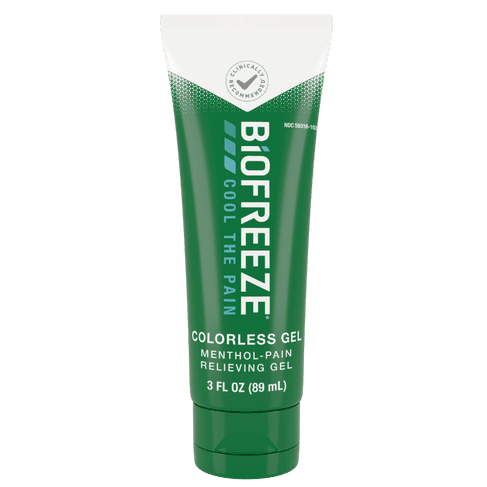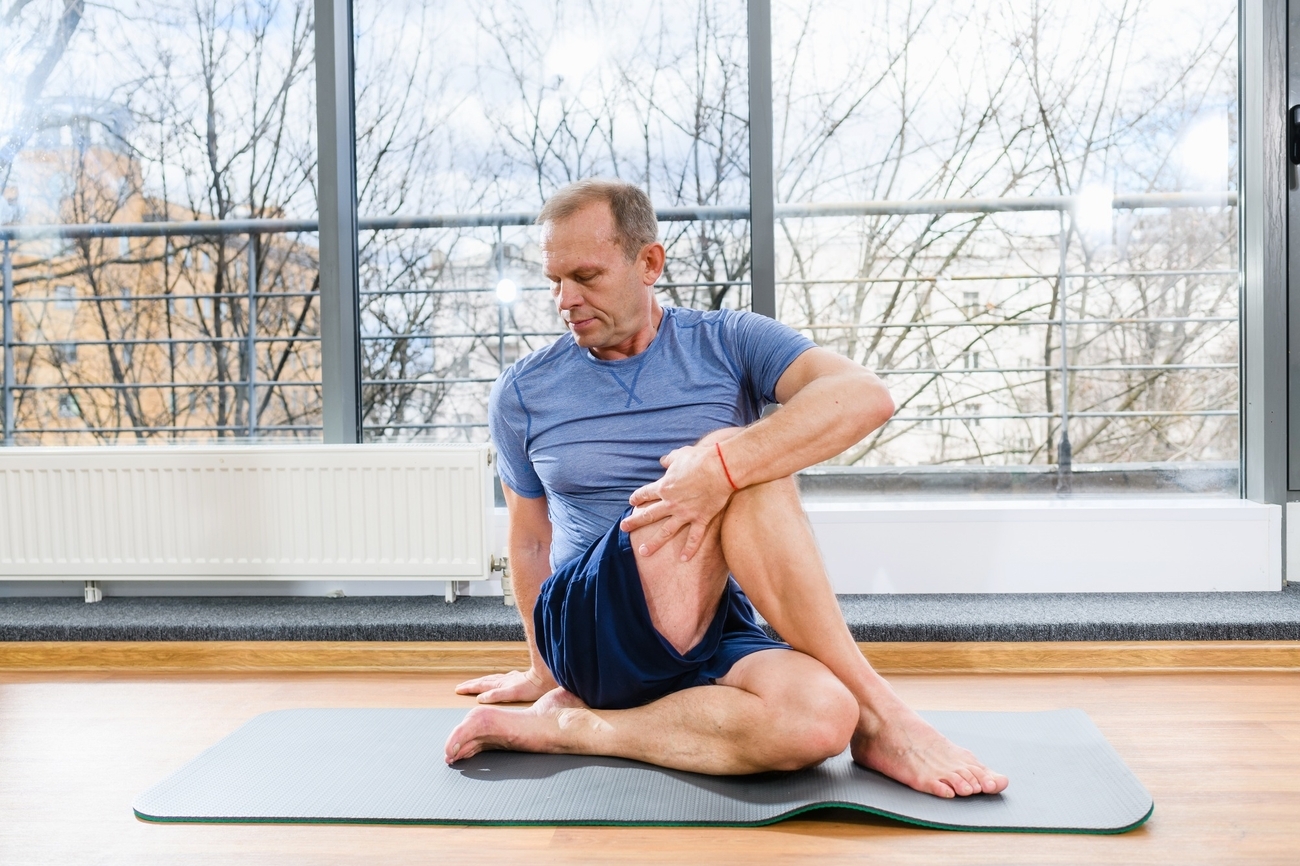Easy Application
Easily Covers Small & Large Areas
Colorless

This article has been medically reviewed for accuracy
If you're suffering from back pain and are looking for effective ways to relieve your pain, this guide is for you.
This guide covers pain relief options for some of the more common types of back pain, which you might be experiencing.
Whether the pain is located in the upper back around your shoulders and neck, or your back pain may be exacerbated by certain postures or movements, this might affect what the best course of pain relief is for you.
Read on to learn the common causes and symptoms of different types of back pain, and what might help you to relieve your back pain effectively.
There are many types of back pain, characterized by location, including:
Upper back pain refers to any pain from the middle of the back upwards, towards the base of the neck.1A Neck pain is generally included in this category.
Common symptoms of upper back pain1B include:
Upper back pain can occur for a number of reasons, including:
Lower back pain can range in intensity from a steady, dull ache to a sharp pain localized in the lower back.1A
Lower back pain may result from poor posture, prolonged periods in a static position, overexertion of the lower back muscles, or injury.
Learn more about the most common causes of lower back pain in our guide here.
Lower back pain may be categorized by its duration.
Acute lower back pain can last anywhere from a few days to a few weeks3B, and tends to self-resolve.
Chronic lower back pain describes lower back pain that persists beyond 12 weeks3C, and while it may self-resolve, it tends to reoccur unless treated.
The term “flexion” is defined as bending. Flexion-dominant back pain describes back pain associated with the act of bending forward.1A It may involve a spinal disk injury.
Familiar everyday activities that involve you bending forward include gardening, picking something up from the ground (lifting), or slouching at your desk.
Similar to flexion-dominant back pain, extension-dominant back pain is exacerbated by posture and movement. These are ‘extension positions’ that involve going from a forward bend position to standing upright4B, or overarching the back. Experiencing pain on the way up, or at the top of the motion—standing upright—tends to indicate extension-dominant back pain.
A common cause of extension-based back pain is standing for prolonged periods, which may cause overcompensation of the arch in the back.
Inflammatory back pain describes back pain due to persistent systemic inflammation in the body. Over time, this impacts the inner axial spine and sacroiliac joints.1 Inflammatory back pain is typically located in the lower back and buttocks.
This type of back pain is usually chronic5, meaning it may improve or go away when you’re physically active, but it is likely to recur when you’re not.
Acute cases of back pain may turn into chronic cases of back pain if left untreated.
Below are five back pain management techniques to effectively relieve back pain:
If you’re experiencing back pain that interferes with your daily tasks, or any kind of physical activity, one of the easiest ways to find back pain relief is to take breaks from whatever you are doing often.
Move and readjust, stand up if you’ve been sitting down, walk around, or have a lie down and rest if you’ve been on your feet all day. The key is to vary your position, and vary your movement.
Pushing yourself when you’re already in pain may actually increase the chances of something going wrong and resulting in a painful injury.
Cold therapy, also known as cryotherapy, refers to the use of cold exposure or ice to relieve pain1 and reduce swelling or inflammation2. It is the localised application of an agent, such as ice, or gel-based cold packs for treating musculoskeletal injury and pain.3
What is cold therapy and is it good for me?
Check out our cold therapy guide to learn more about the uses and benefits of cold therapy for upper and lower back pain relief.
Another common back pain treatment is heat therapy. Heat therapy has the opposite effect of cold therapy. It opens up blood vessels, promotes blood circulation1, and helps relax the injured muscle, so healing can take place.
If you’re conflicted about whether to use heat or ice on your muscle pain, check out our guide here.
Accessible and over-the-counter pain relief products for back pain include non-prescription painkillers, such as non-steroidal anti-inflammatory drugs (NSAIDs), and topical analgesics.
NSAIDs are typically taken orally in the form of a pill. Some of the most common painkillers are: aspirin, ibuprofen, and acetaminophen. For more information, reach out to your healthcare provider.
Topical analgesics are pain relief products applied externally to the body for location-specific muscle and joint pain relief—such as Biofreeze’s menthol-based topical range.
Biofreeze Menthol-Pain Relieving Gel, Cream, and Patch are great options for larger surface areas like the back.
Back pain may be exacerbated by activities that involve forward bending, such as slouching at your desk.
To relieve back pain associated with forward bending or standing upright, it helps to work on correcting spinal alignment, increasing spinal mobility, and strengthening the core muscles that support your back muscles.
Yoga and Pilates are great back pain treatments when it comes to aligning the spine, spine flexibility, and strengthening your back muscles.
Practicing these exercises regularly can help maintain spinal mobility and reduce pain in the lower back.
For more ways to find lower back pain relief, check out our guide here.
Easy Application
Easily Covers Small & Large Areas
Colorless
Mess-Free Application
Hard to Reach Areas
Powerful
If you’ve recently been in an accident resulting in back pain, schedule a visit to your healthcare provider to ensure you’re recovering alright from your injury.
Also consult your healthcare provider if your back pain recurs, worsens despite treatment, or interferes with your daily activities. They can help you determine the cause of your pain and the appropriate course of treatment.
This article has been medically reviewed for accuracy



Easy Application
Easily Covers Small & Large Areas
Colorless
Mess-Free Application
Hard to Reach Areas
Powerful
